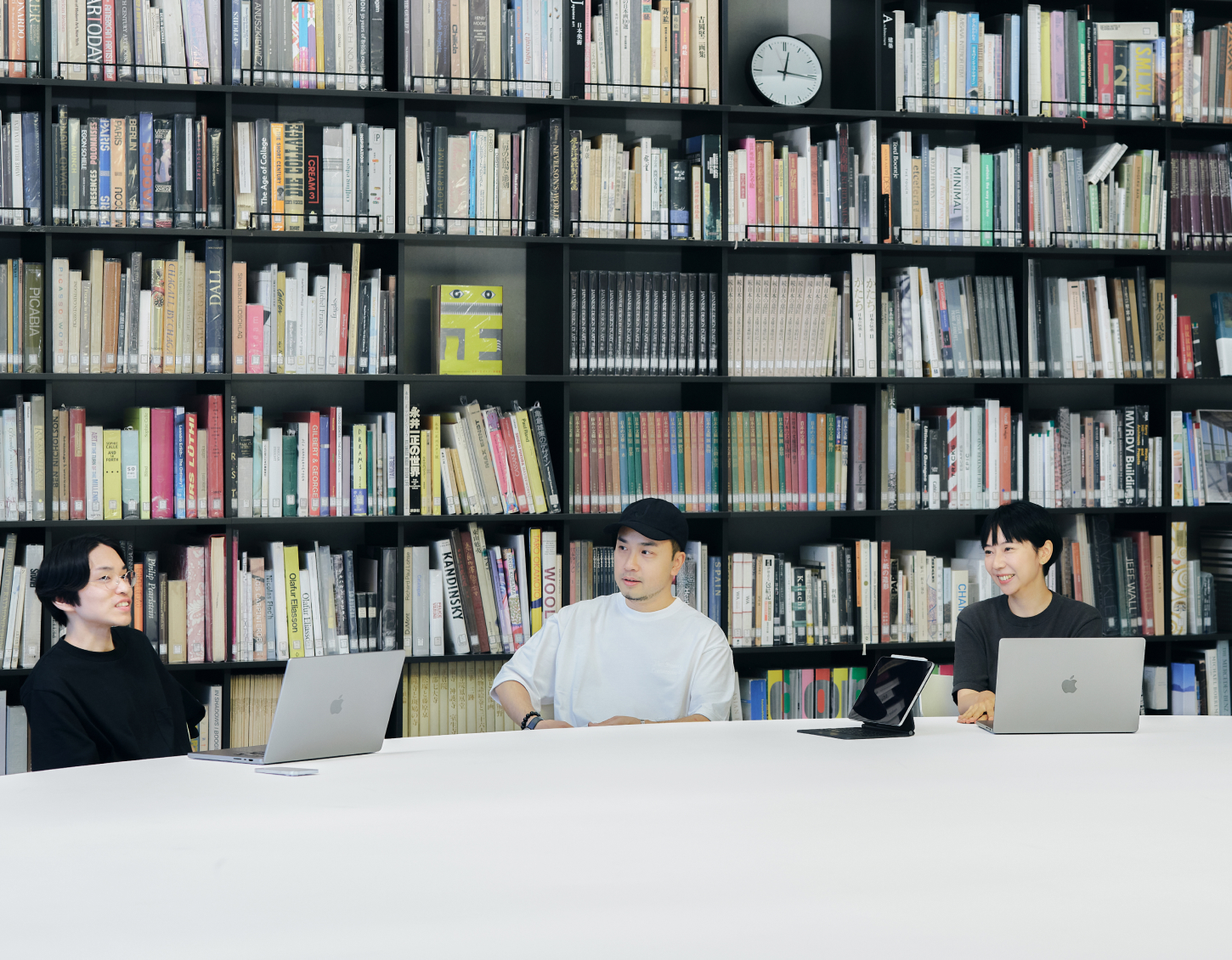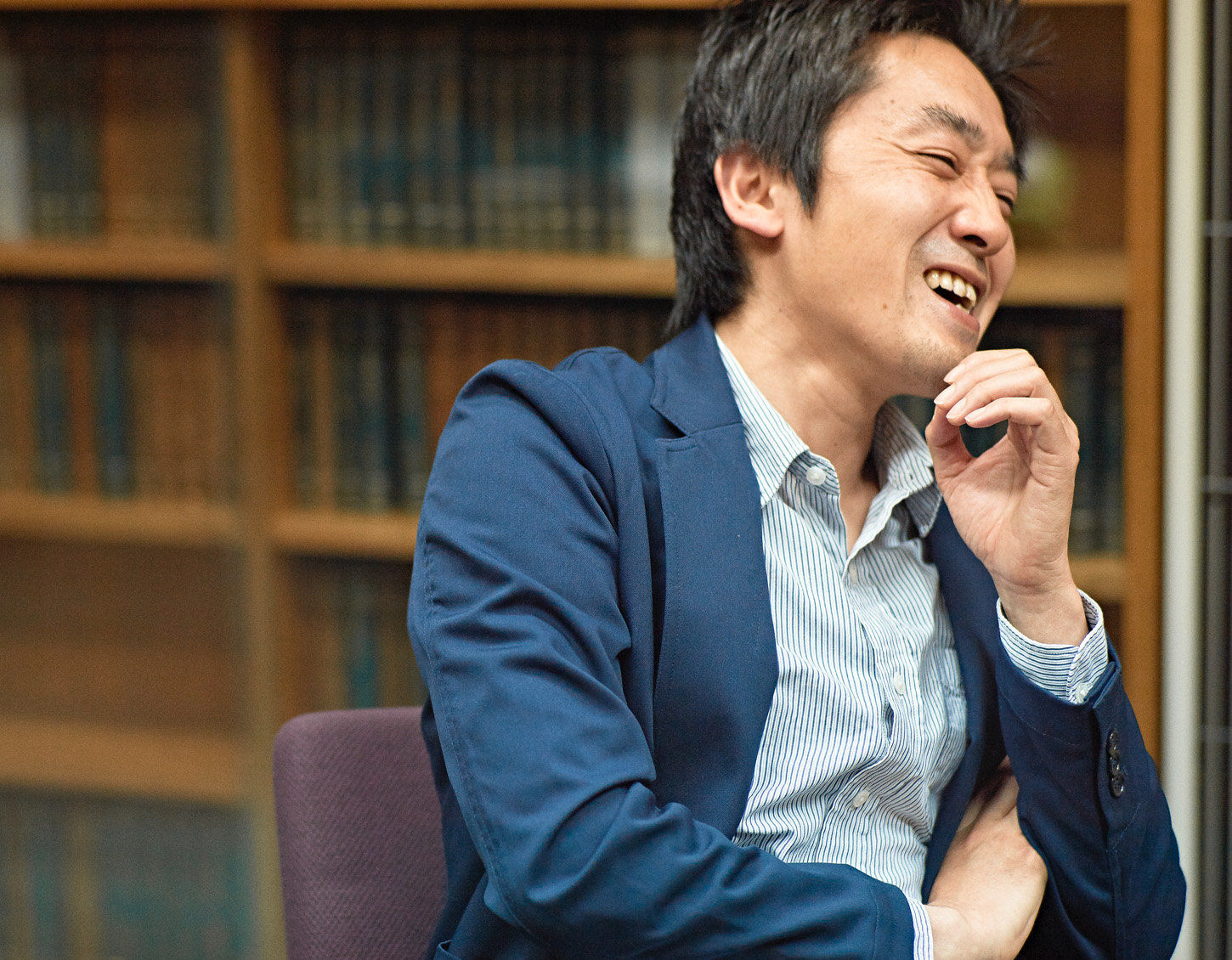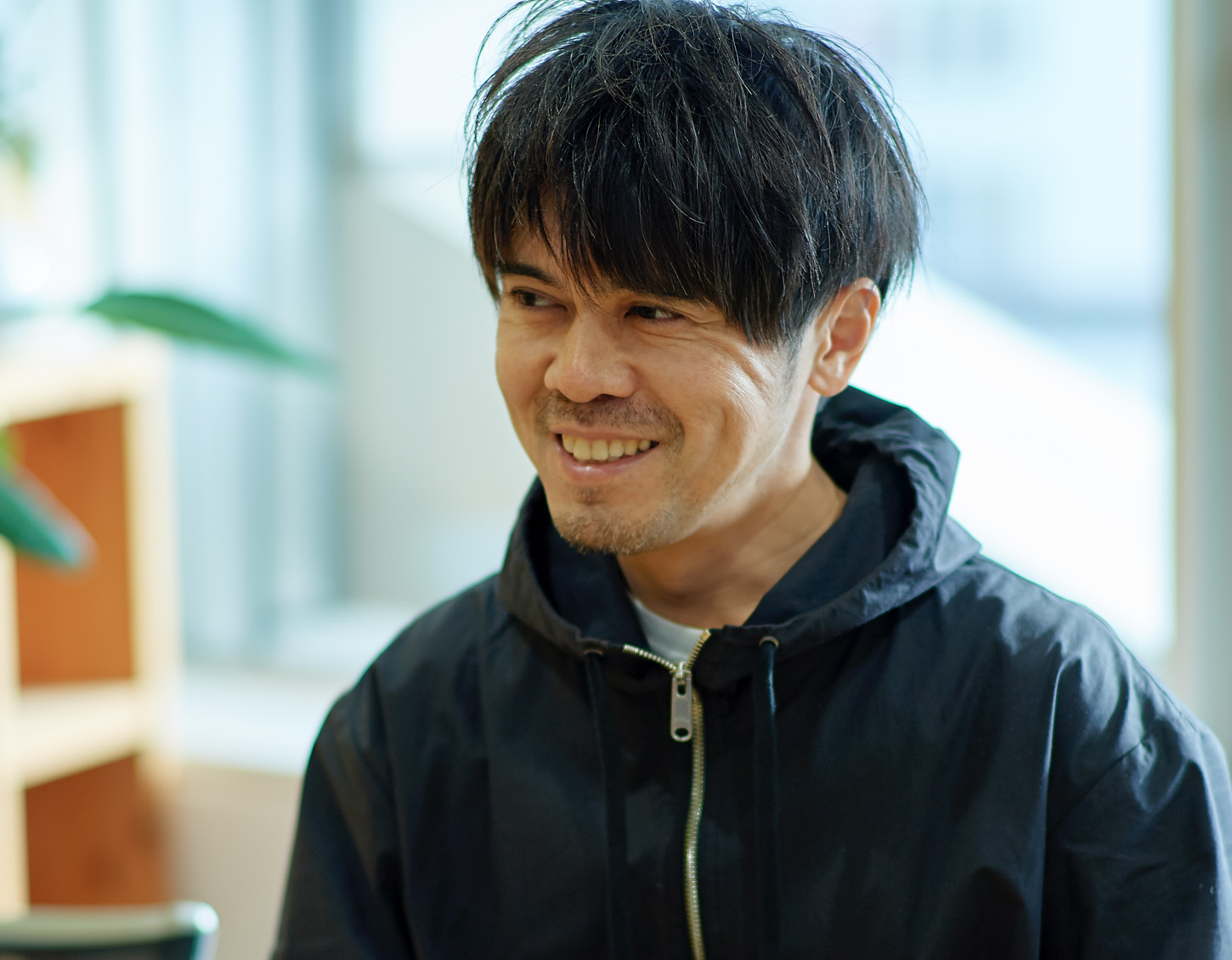Denmark and Tokyo, The Cement Linking the Two.
Vol.4 “So, to the future...”
Event Date : 2017.04.20
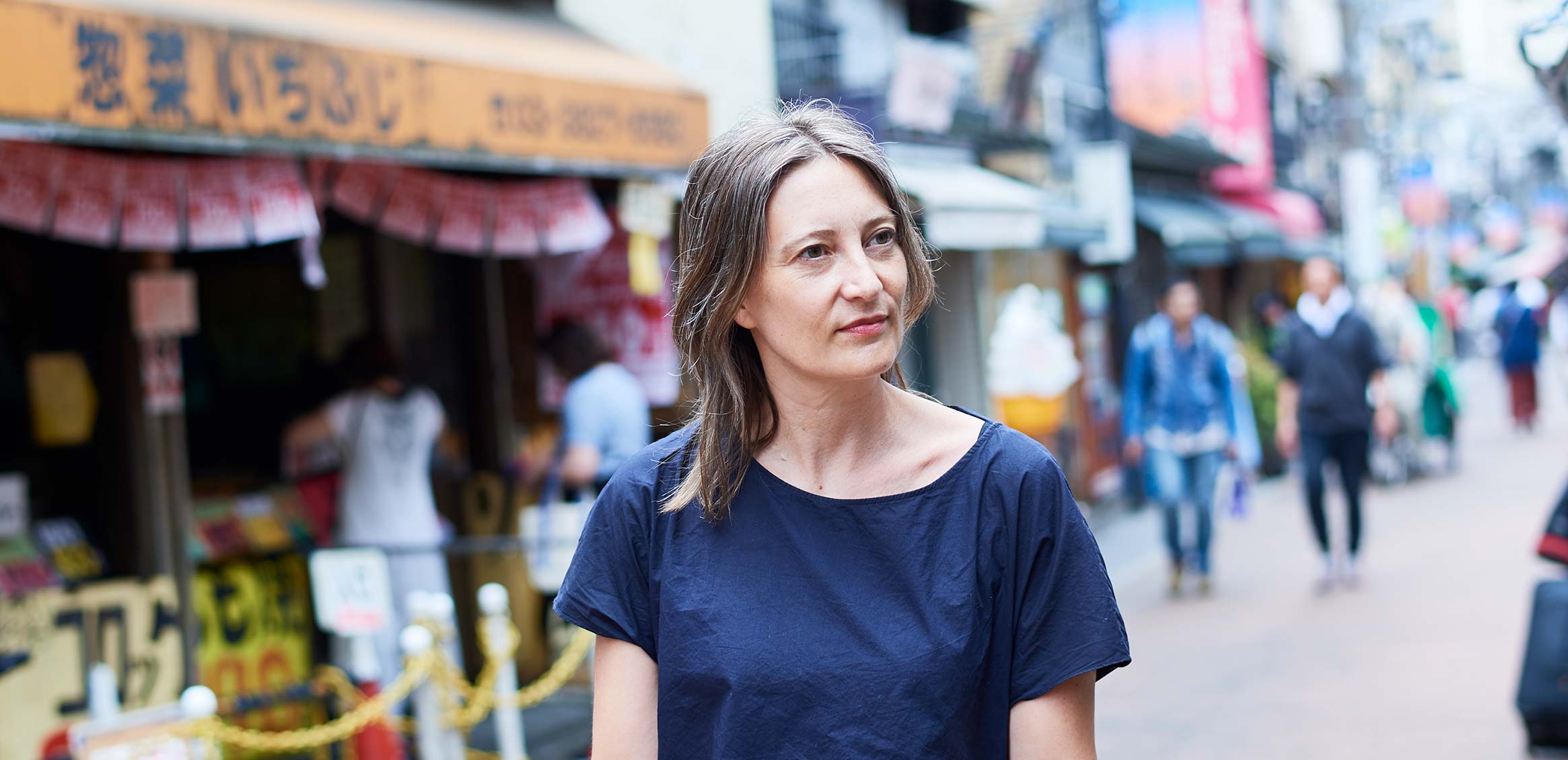
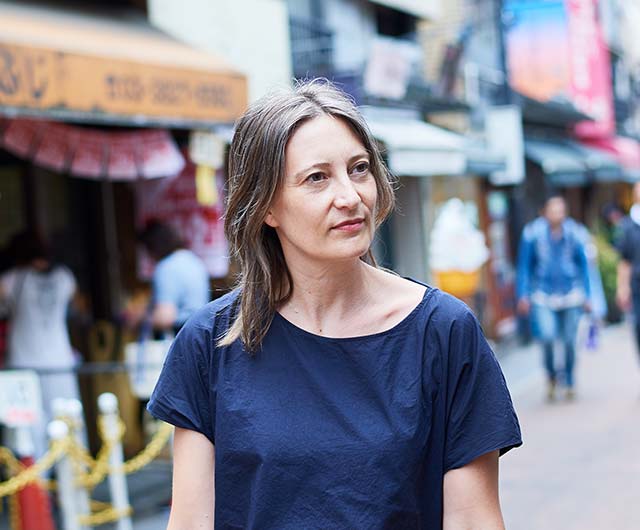
Even when more than 150 countries are compared in terms of ‘Happiness Ranking’, Denmark stands out near the top and is considered one of the happiest countries in the world. It is also known as a hotbed of design excellence, one example of which is Helene Øllgaard, a project manager at Kontrapunkt whose portfolio includes designing the 〈noma〉 restaurant and who visited Japan. As part of an ‘Employee Exchange Program’ initiative with her day-to-day company Kontrapunkt, she spent three months working for the Nippon Design Center.
She gave a four-part series of conversations based on her Tokyo experience and the differences she noticed between cultures and working approaches in Denmark and Tokyo, from thoughts on creativity to overall life perspectives.
What is World Happiness Ranking?
In the ‘World Happiness Ranking’ announced by the United Nations, Denmark was No. 2 in 2017 (having held top spot until FY 2016). In FY 2017, Norway ranked 1st, while Japan ranked 51st. This ranking indicates the degree of happiness and unhappiness with life using seven indicators subject to correlation analysis, namely: real per-capita gross domestic product (GDP), social support, healthy life, reliability, freedom of life selection, tolerance, perception of corruption. ‘WORLD HAPPINESS REPORT 2017’.
What is the NDC Employee Exchange Program?
NDC operates a training program based on an exchange period of study abroad between NDC and overseas design companies, which centers on front-line work and intended to widen participants’ perspectives and boost their skills. From March to June 2017, as well as a project manager from Kontrapunkt design company in Denmark, Helene Øllgaard, designer Sandro Kvernmo also came to Japan to work for NDC. In return, one designer and one producer from NDC went in the opposite direction, to Kontrapunkt in Denmark, in March and June the same year respectively.
What design differences emerge between Denmark and Japan?
What design differences emerge
between Denmark and Japan?
between Denmark and Japan?
──────
Denmark has also made its name as a country that excels in design for interiors and products.
Helene
While the Danish Spring and Summer are warm, in winter the sun sets from around 4 o‘clock to around 9 o‘clock and the darkness persists (*1), which makes time spent at home all the more important and the need to ensure that time is comfortable is thought as one of many reasons to be what spawned the culture of interior and product design.
Some 10-15 years ago, ‘dialogue kitchens’, which featured the whole family and guests in the kitchen talking while cooking, were all the rage, but then, 5 years ago, everyone started spending money on their bathrooms transforming them to wellness areas in the house and recently, garden and terrace areas as green outdoor living rooms have experienced renewed attention. Many Danes have today outdoor kitchens and sofas – and off course heaters.
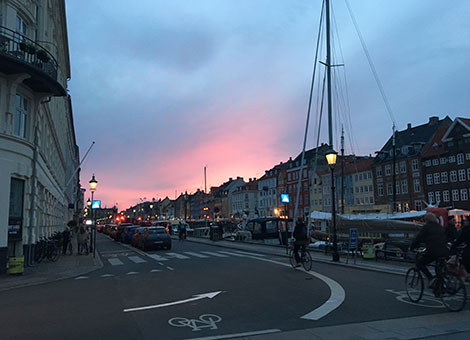
The average winter temperature (December to February) is around 0°C, and around 20°C in summer (June to August). In winter however, the sun rises at around 8:45 in the morning and sets at around 3:45 pm, whereas in summer, the sun rises at around 3:30 in the morning and remains bright until around 11 o‘clock at night.
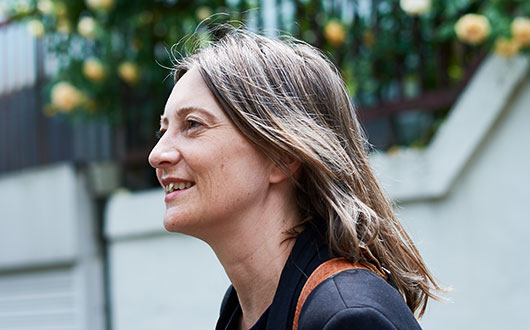
Helene Øllgaard
Project Manager
Born in 1972 in Billund, Denmark; famous as the home of Lego and graduated from Aarhus University’s Master of Arts programme in 2001 in Art History and Culture. In 2001, she moved to Copenhagen to become an independent curator, followed in 2003 by work as a curator and project manager for the artistduo Bosch & Fjord. Joined Kontrapunkt in 2008 and is currently Senior Project Manager and Business Area Manager of the space design division. She visited Japan as part of an exchange program; accompanied by her husband and three children aged 4, 11 and 14.
Her main tasks at Kontrapunkt have included ARKEN Museum of Modern Art, the Ny Carlsberg Glyptotek museum, design work for University of Southern Denmark and the Nordic Culture Fund.
──────
Does the way in which design is considered differ from Japan?
Helene
Overall, Danish design is of high quality and the aesthetic sense is much the same, urban and rural areas alike. For example, the high level is generally sustained even for discount supermarkets and exclusive furniture butiques, whereas in Japan, the difference in level would be strongly felt depending on the setting. The distance from a small aesthetic ceramic shop in Daikanyama to visual screeming Don Quioxe in Shibuya is huge. That said, the latter is probably good for individuality.
Depending on the item in question, Japanese design tends to be very simple and use very appealing colors, muted and subtle as well as being horizontally and vertically symmetrical. Conversely, a trip to Shibuya or Akihabara sees chaotic designs proliferate, with a wealth of shops urging you to buy, buy, buy and there, the difference is profound. But this is one of the things I really like about Japan.
That said, in the traditional art and craft sector, eliminating simplicity and ornate decoration for decorative craftsmanship leveraging material may emphasize a common point.
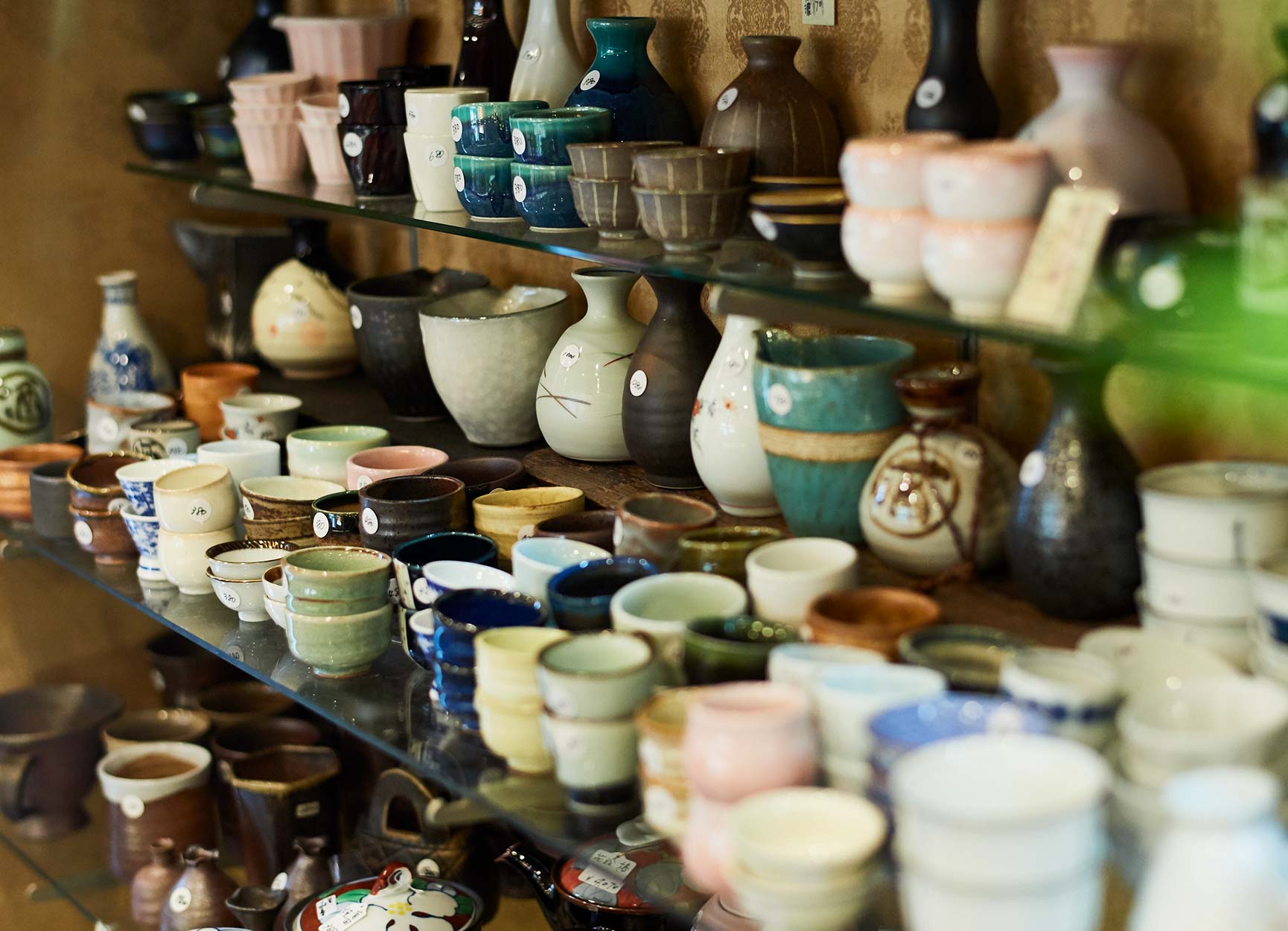
──────
How do you think we can boost the level of design in Tokyo?
Helene
I find the juxtaposition of static and hectic items in Japan and the resulting mixture of contrasting designs fascinating and I don’t see the need to change it. Even now, Europe still has a trend of people wanting to learn ‘wabi sabi’ and perhaps in that sense, Denmark may seem a little boring.
Targeted goals for the future ahead.
Targeted goals for the future ahead.
──────
Has anything currently sparked a trend in Denmark?
Helene
Let’s make life as simple as possible. Moving away from the urge to do everything perfectly like work 40 hours a week, raise your child properly, do a marathon. People wants to get away from the obsession of having to do things flawlessly, migrating from urban areas to rural areas and islands and the number of people starting to try a more simple life is increasing.
──────
Helene, how do you, yourself, aim to live your life?
Helene
For me that’s simple, what matters is being happy and comfortable. With that in mind, I try to do whatever I want to do in the available time.
What time in my life should I work… how best to balance business and private matters…, how taxes should best be used – all these points related to the work/life balance are also underpinning a major national debate on the topic.
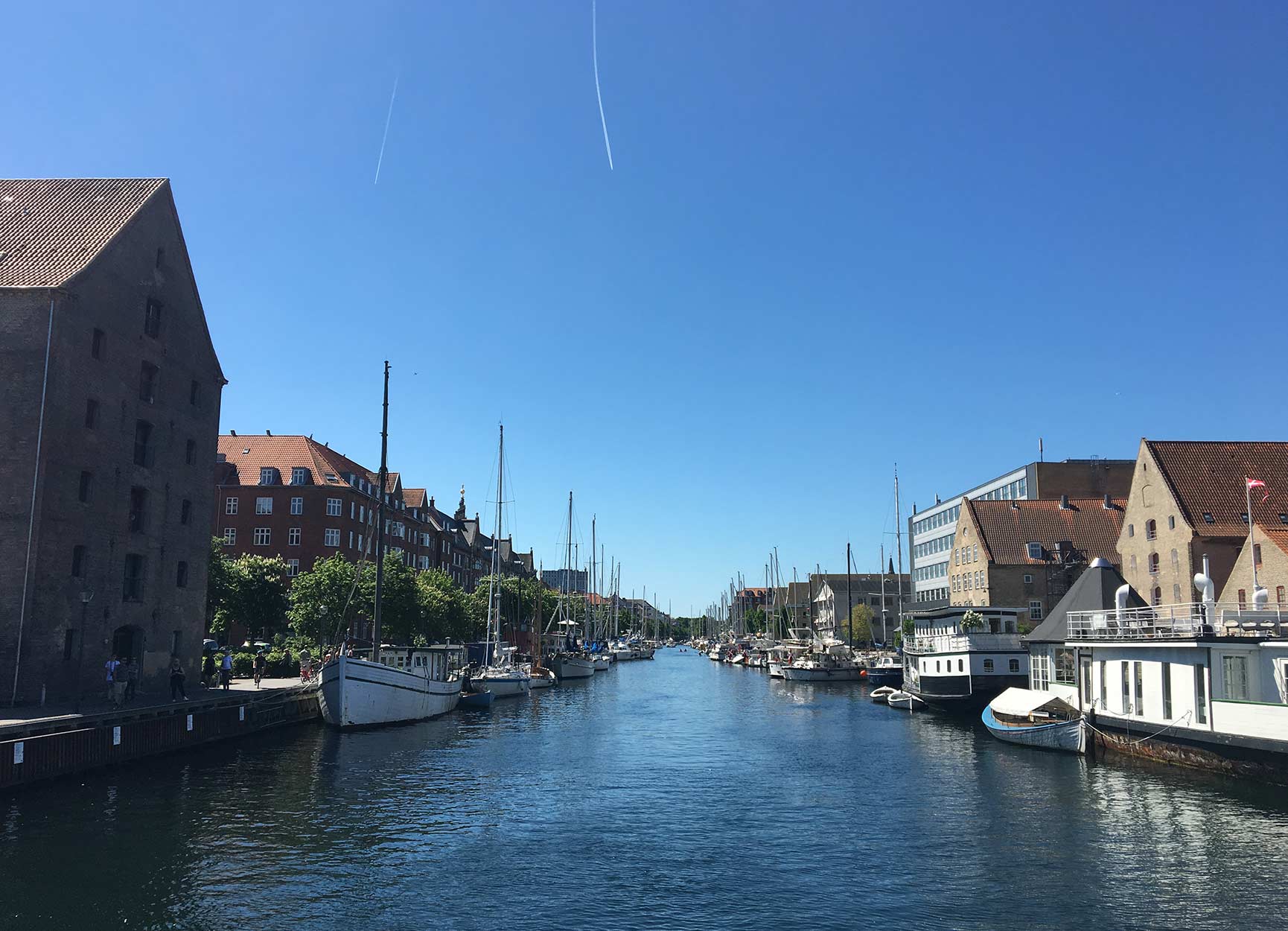
──────
Is there a specific direction?
Helene
I think doing things for people is laudable, but so is doing something differently from others. Of course, I also want to do something for me, myself. Rather than just looking ahead to the future, also reflecting on the past at times and hoping I can think positively when pondering how to enjoy the moment at hand.
If we’re talking work and NDC, I have mostly been engaged in a counselling and advisory role and, I hope I can increase the amount of such work as project manager at Kontrapunkt
Beyond borders and growing further.
Beyond borders and growing further.
──────
How was your experience of the exchange program between Denmark and Tokyo?
Helene
The projects I am working on are interesting and day-to-day it is fulfilling. The next challenge I face is how best to tangibly exploit the lessons learned from this scheme and I think this kind of exchange scheme, with reciprocal learning of methods, is important. Leveraging my experience of working in a country with a different culture and a different kind of context helped teach me more about myself.
The exchange program between Japan and Denmark probably facilitates various kinds of learning based on the cultural differences involved. Through my work in Denmark, I think I can look back at what I did in Japan from a different perspective.
──────
Will this change your approach to work when you return to Denmark?
Helene
I think it would be difficult to instill a change in the work approach and how we do things at Kontrapunkt with this experience alone. Even so, I think the work approach will definitely change, as will the things I prioritize. Since Kontrapunkt also has a Tokyo office, I want to experience working there. I have already got to grips with working in Tokyo, so I think I would not have a problem working there.
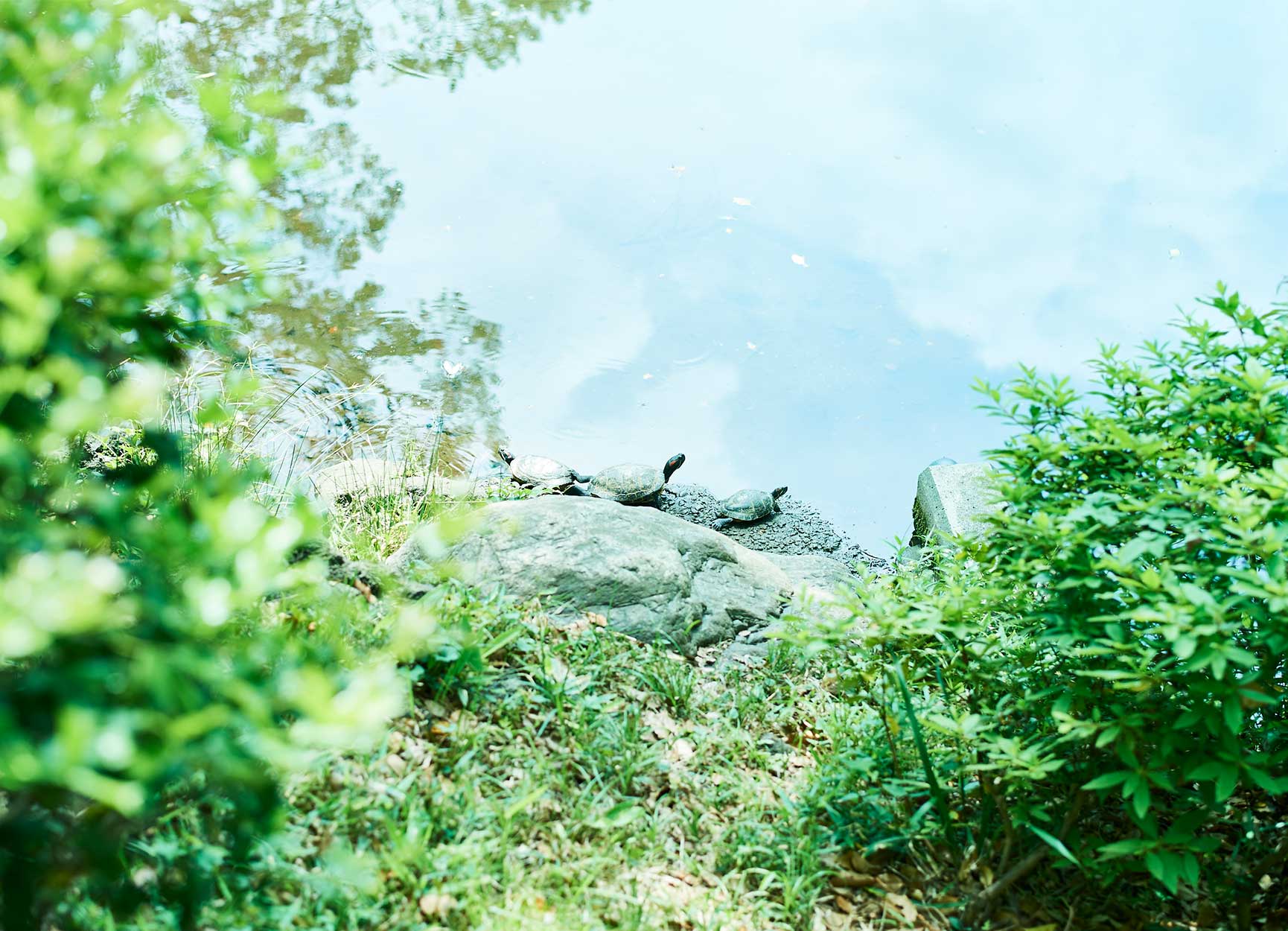
──────
Do you have anything you would like to pass on to the next generation, based on your experience up to now?
Helene
As I said it, the young generation of today is full of ambition. Today’s young people in their 20s show a similar veteran propensity to know everything, but I think getting away from this striving for perfection is important. It’s okay to make a ton of mistakes while you’re still young, as long as you can be patient and gradually gain experience and knowledge.
One thing that Danish people value, unlike Japanese people, is to express everything directly as you think, straight out. They don’t hide things or beat around the bush. Especially as a younger person, I think that I can be sufficiently honest and open to express my feeling of nervousness and fright.
Building on that, having realistic goals. Rather than the disappointment of failing to attain what were always infeasible objectives, it is better to set manageable and achievable goals and realize that it is wonderful to do things for others as well as for yourself.
──────
In future, what do you think is needed to boost the sectors of creativity and design?
Helene
As far as society is concerned, I think art ideas and creativity are vital. To continue to nurture these things, everyone has to take this view on board and move it forward. We also have to teach small children how to have a perspective on creative things. Schools tend to prioritize the hardware portion of education, such as reading, writing and mathematics over creativity, but emphasizing arts, music and sports is just as important.
In Denmark, although refugee problems are also actively addressed, they are also set against the values of the Danish people themselves. If you live 2 years, or sustain four generations, are you Danish? Whether you can speak Danish or whether you look like a Danish person… all of these are difficult points on the agenda. Key points include the extent to which we share welfare with immigrants and the numbers of refugees accepted. There are very few refugees in Japan, which could change the situation completely, but I think here, too, creativity is imperative.
Being creative means having an open mind and remember – anyone can be creative, I think having creativity will help ensure a broad perspective.

